Descripción
A pesar de su naturaleza altamente adaptable y flexible, C ++ es también uno de los lenguajes de programación más complejos para aprender. Una vez dominado, sin embargo, puede ayudarle a organizar y procesar la información con sorprendente eficiencia y rapidez.
El libro de C++ Cookbook hará que su camino hacia el dominio sea mucho más corto. Esta guía práctica y de resolución de problemas es ideal si eres un ingeniero, programador o investigador escribiendo una aplicación para una de las legiones de plataformas en las que se ejecuta C ++. Los algoritmos proporcionados en C ++ Cookbook saltan el inicio de su desarrollo, dándole algunos bloques de construcción básicos que usted no tiene que desarrollar por su cuenta.
Típico de la serie “Cookbook” de O’Reilly, C ++ Cookbook está escrito en un formato sencillo, con recetas que contienen declaraciones de problemas y soluciones de código, y no se aplican a situaciones hipotéticas, sino a aquellas que es probable que encuentres. Una explicación detallada a continuación sigue cada receta con el fin de mostrar cómo y por qué la solución funciona.
Este formato de pregunta-solución-discusión es un método de enseñanza probado, como cualquier fan de la serie “Cookbook” puede dar fe. Este libro se moverá rápidamente a la parte superior de su lista de referencias esenciales de C ++.
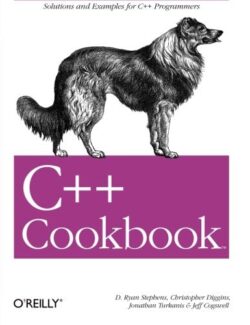

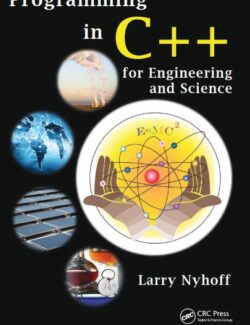
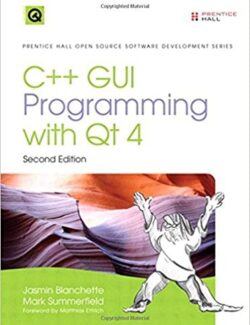


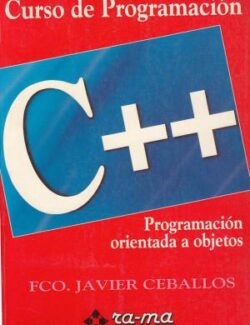
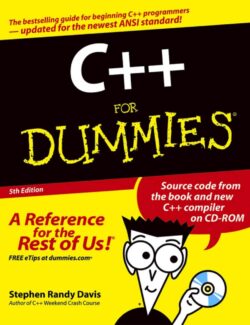
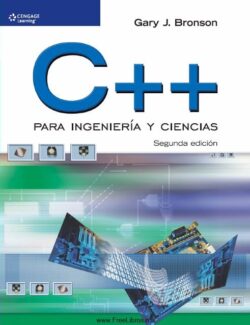
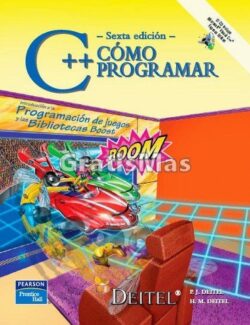
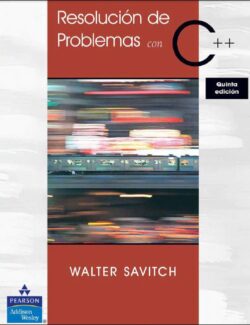
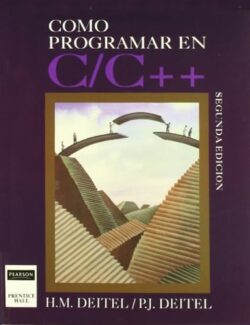
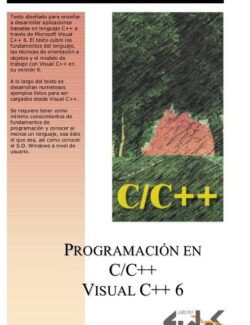
Déjanos un comentario
4 comentarios